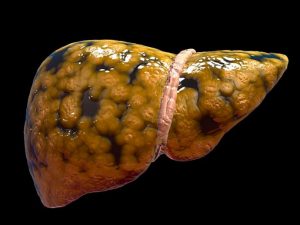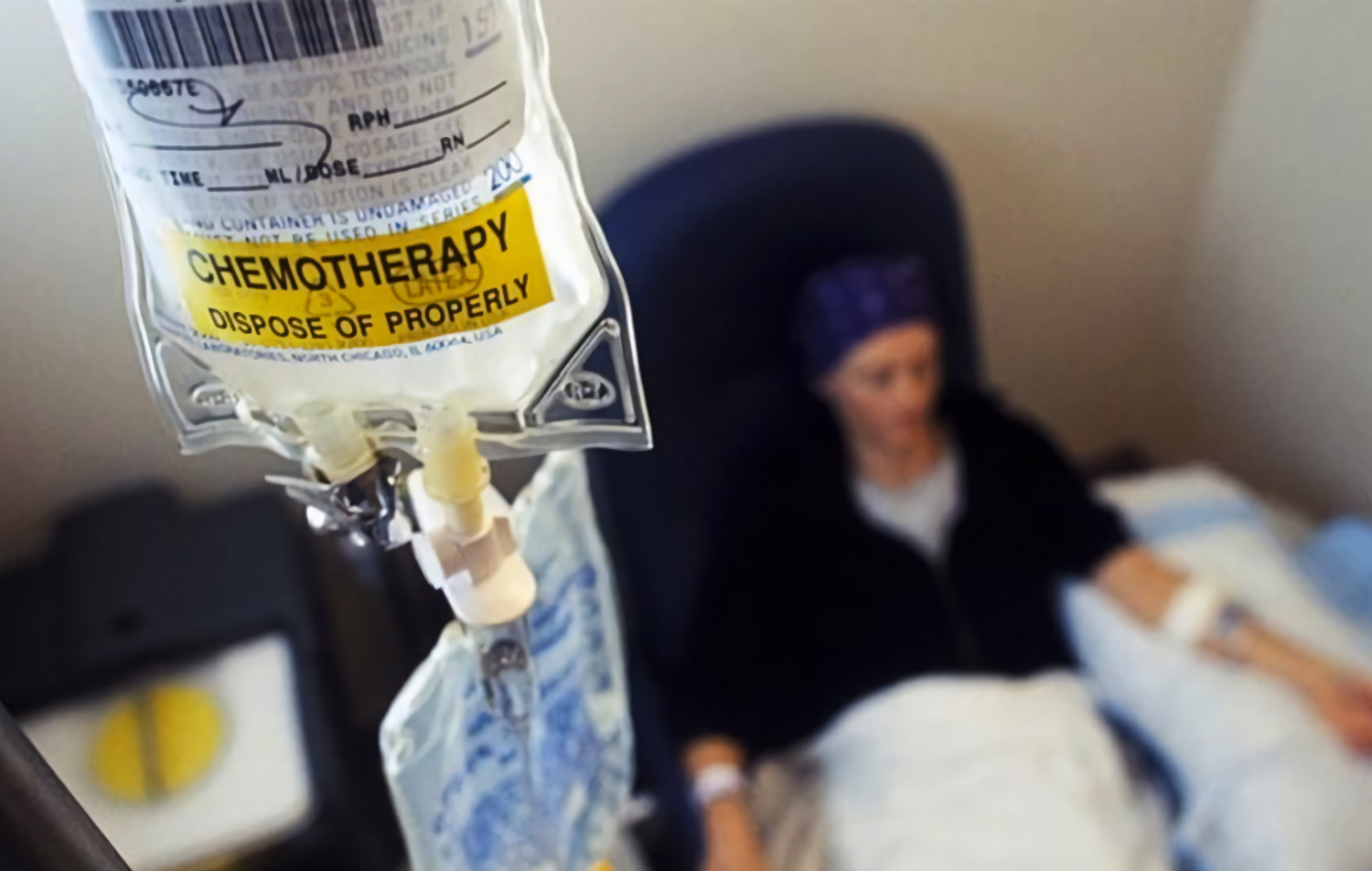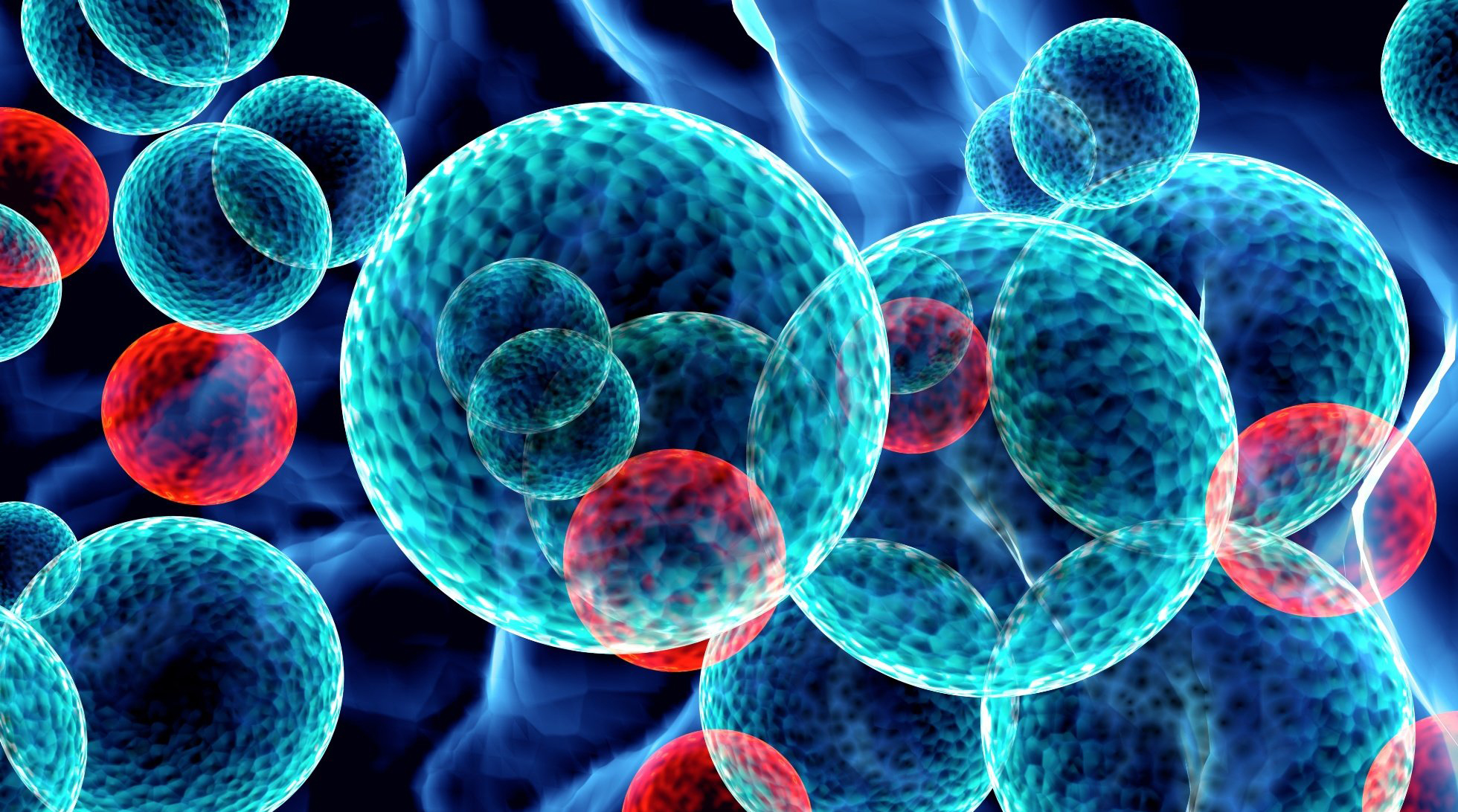It refers to the most frequent primary malignant liver tumor, well ahead of other malignant hepatic tumors such as lymphangiosarcoma, angiosarcoma, hepatoblastoma, etc. It is a disease that occurs more in men than in women and of higher incidence from 65 years of age. The most frequent cause of liver cancer is liver cirrhosis, a disease that underlies most of those affected with this tumor, especially in cases related to viral and alcoholic hepatitis, although not all cirrhosis ends up in liver cancer. all hepatocarcinomas settle on cirrhosis.
People infected with the hepatitis C virus (HCV), only 20% will develop liver cirrhosis, these are the most at risk of developing liver cancer.
Hepatitis B virus (HBV): It is the main causative agent of liver cancer worldwide, considered the second most potent carcinogen after snuff. There is a study that shows that the risk of suffering from liver cancer is 100 times higher in carriers of antigen against hepatitis B virus than in non-carriers.
Aflatoxin: Toxins produced by fungi of the genus Aspergillus that abound in plant foods improperly stored in humid environments. It is carcinogenic, since it produces mutation of the p53 tumor suppressor gene.
Alcohol: there is a direct relationship between alcohol consumption and the risk of developing liver cancer that almost doubles among drinkers of 100 gr / day.
 The most frequent symptoms of liver cancer are abdominal pain, weight loss, severe asthenia (fatigue), feeling of early satiety or postprandial fullness (after eating), abdominal distension, ascites (accumulation of fluid in the abdominal cavity). Or jaundice (yellowing of the skin due to an elevation of the bilirubin). Other symptoms may be due to the existence of metastasis.
The most frequent symptoms of liver cancer are abdominal pain, weight loss, severe asthenia (fatigue), feeling of early satiety or postprandial fullness (after eating), abdominal distension, ascites (accumulation of fluid in the abdominal cavity). Or jaundice (yellowing of the skin due to an elevation of the bilirubin). Other symptoms may be due to the existence of metastasis.
The efficacy of chemotherapy in liver cancer is modest, no monochemotherapy or polychemotherapy scheme has shown response rates greater than 25%. Regimens based on anthracyclines, 5FU, gemcitabine or capecitabine have been used without any impact on overall survival. The schemes with polychemotherapy only increase the toxicity, without having better results. That is why we must look for other ways of treatment.
Liver cancer can be addressed from various treatments, which will depend on the patient’s condition and the tumor.
Surgical resection, along with transplantation and ablation are the only ones that offer healing possibilities:
Surgical resection
The best candidates for a surgical resection are those who have unique tumors, are asymptomatic and have preserved liver function. In these cases, 5-year survival rates of 70% can be achieved. The factors that predict recurrence are vascular invasion, presence of satellite lesions, low degree of differentiation, tumor size, AFP level and positive resection margins.
Liver transplant
This is the best option, since it removes the lesion and also cures any preneoplastic liver disease. The best candidates for a transplant are those with tumors of less than 5 cm or with two or three tumors smaller than 3 cm. If the patient meets one of these two conditions, which have been called the Milan criteria, it is established that the patient can be selected for transplantation, since a similar survival is obtained for patients without liver cancer.
Ablation
It involves applying thermal energy (heat) by radiofrequency using an electrode directly on the lesion. They are recommended for lesions smaller than 3 cm (even if they are multiple), provided they are inside the parenchyma and away from the hepatic hilum (entrance of the liver), large vessels (portal, vein or hepatic artery) or other structures nearby. Stomach, colon or gallbladder due to the higher risk of perforation of these structures due to heat. It has very good answers (recurrence rate of 5-20%) and with excellent tolerance on the part of the patient.
Learn more about your health and well-being at Pharmamedic.







